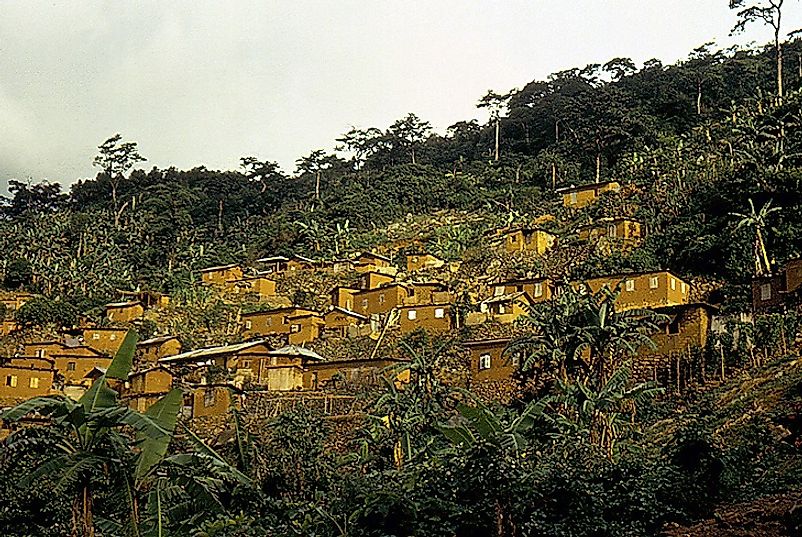Power Infrastructures Most Prone To Electricity Losses By Country

Electric Power Transmission and Distribution
Electric power transmission is the movement of electricity from the creation source, such as a power plant, to a substation. Electrical substations change voltages from either high to low or low to high, this is power’s last stop before consumer use. The network between the substation and the customer is called electric power distribution. This principle is the same for power generated by utilizing coal, natural gas, petroleum, or nuclear energy.
Electricity Lost During Transmission and Distribution
Energy loss begins in the power plant. Whatever the source, one of the above mentioned resources is burned to create heat which is then used to boil water to create steam. That steam is then used to turn a turbine which generates the electricity. Only around 66% of the energy in the raw material finds its way to the power grid.
More energy is lost as it travels along transmission lines. The voltage along these lines can reach up to hundreds of thousands of volts, this is to keep losses low. The electrons moving along the lines collide due to resistance of the wires and equipment, creating heat and resulting in loss. Hot temperatures can also lead to increased electricity loss.
From the substation, the voltage is lowered before it reaches conventional households. This is so it can travel more safely along the lines that are typically held up by wooden poles. Electricity passes through transformers on poles before finally entering consumers’ homes. These lowered voltages result in increased losses. While loss during transmission and distribution is considered normal, some countries experience extremely magnified losses that have serious economic consequences.
Countries Incurring High Electricity Losses
For comparison purposes, countries with relatively efficient electricity transmission and distribution grids (such as the United States) experience around a 6% loss during transmission and distribution. Power grids in Togo, on the other hand, lose around 87%. Energy here is produced in a 1987 thermal power plant, since then, the government has made no effort to invest in production. The electricity that manages to reach consumers’ homes and businesses only meets 3% of the country’s needs. Togo is heavily dependent on energy imports due to these losses, lack of investments, and aging equipment.
The next country with significant energy losses, but nowhere near that of Togo, is Haiti with a 54% loss during transmission and distribution. The grid here is highly inefficient resulting from improper maintenance. The electricity system here suffers from a lack of funding, disasters, theft, and antiquated information systems.
The root problems are similar in all of the countries on the list. These include the Republic of the Congo, where 44% of all power output is lost, followed by Botswana (39%), Niger (34%), Nepal and Honduras (31% each), Iraq (30%), and Cambodia and Albania at 28% each.
Economic Consequences
Energy lost during the generation process represents a higher production cost for the power plant and a waste of non-renewable resources. This can be prevented, in part, by using modern control systems. During transmission and distribution however, the impact is even greater and can equal billions of dollars a year. Loss represents revenues that cannot be recuperated. To make up for these losses, prices to the consumer are increased or the government must pay subsidies. Even this does not always recover costs and when the losses are passed on to the consumer, more theft is likely to occur as people are unable to afford formal electricity services. Lost energy also means power outages for consumers, particularly when costs go unrecovered. Companies are unable to provide reliable services and cannot afford to invest in improvements.
Power Infrastructures Most Prone To Electricity Losses By Country
| Rank | Country | Share of Power Output Lost During Transmission and Distribution |
|---|---|---|
| 1 | Togo | 87% |
| 2 | Haiti | 54% |
| 3 | Republic of the Congo | 44% |
| 4 | Botswana | 39% |
| 5 | Niger | 34% |
| 6 | Nepal | 31% |
| 7 | Honduras | 31% |
| 8 | Iraq | 30% |
| 9 | Cambodia | 28% |
| 10 | Albania | 28% |











